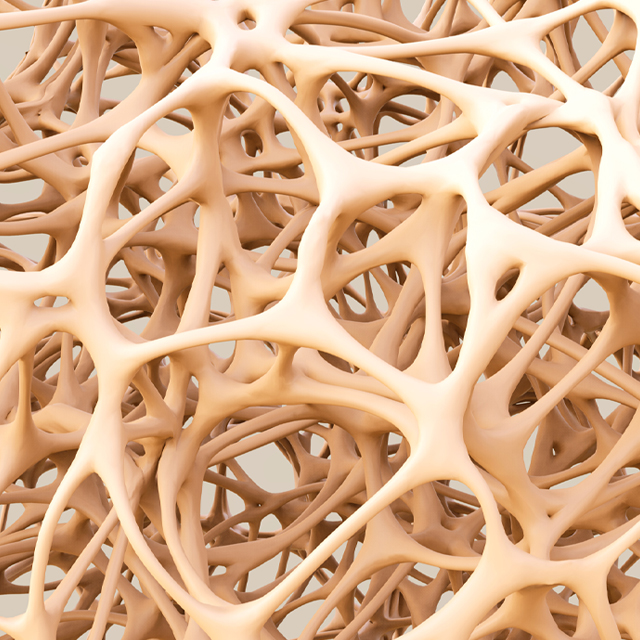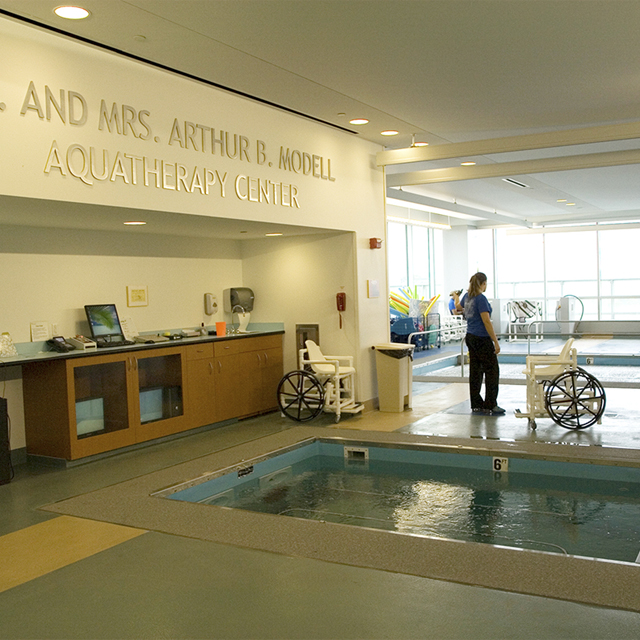From the moment a stroke occurs, neuroplasticity is heightened, readying the brain for repair. However, says new Johns Hopkins Department of Physical Medicine and Rehabilitation faculty member Preeti Raghavan, traditional stroke care often doesn’t capitalize on this critical period.
“At most institutions, stroke care is extremely siloed. Neurologists care for patients in the immediate aftermath of stroke, and physiatrists and therapists come in later for rehabilitation,” she says. “It’s a wasted opportunity to significantly improve patient outcomes.”
Acting on this opportunity is an important goal within Johns Hopkins’ new Sheikh Khalifa Stroke Institute, says Raghavan, who is the institute’s director for recovery and rehabilitation. Established by a $50 million gift from the United Arab Emirates (UAE) in early 2018, the institute was named in honor of UAE President Sheikh Khalifa bin Zayed Al Nahyan, who suffered a stroke in 2014. It will include a state-of-the-art facility in Baltimore and will partner with others in Abu Dhabi to build a stroke care organization.
The care delivered at the institute is markedly different from that conventionally delivered to stroke patients, explains Johns Hopkins physiatrist April Pruski, who serves patients at The Johns Hopkins Hospital’s brain rescue unit. One major distinction is the strong collaboration between neurologists and rehabilitation specialists as soon as patients are admitted, a model that’s unique globally.
Patients start rehabilitation in the brain rescue unit within a day of their stroke, Pruski says, instead of waiting until later in their hospital stay to be evaluated for future rehabilitation often delivered elsewhere. The therapy they receive is comprehensive and intensive, with up to six sessions a day including physical, occupational and speech therapy.
The information exchange between neurologists and physiatrists, through rounding together and daily meetings, can change the course of care. For example, Pruski says, she’ll often make suggestions that aren’t typically part of the neurology toolbox but that could optimize rehabilitation efforts, such as brain breaks to help patients tolerate therapy better, early neurostimulant prescriptions for patients with cognitive and attention problems, and toileting schedules for those with bowel and bladder issues.
“It’s a holistic approach for the patient that has two teams viewing problems from different angles,” Pruski explains.
This comprehensive strategy doesn’t end when patients leave the hospital, says Raghavan. “Traditional care loses many stroke rehabilitation patients to lack of follow-up,” she explains. “But the institute follows patients through the continuum, from inpatient rehab, to outpatient rehab, then caring for themselves at home and reintegrating into the community.”
Another goal of the center is improving care through research and education, Raghavan adds. Through collaborations between the institute’s two centers, providers are collecting a wealth of information about patients to determine how interventions affect outcome measures. They’re also working together to establish best practices that providers in both locations can learn.
“We’re working to get patients back to activities they love, whether it’s work, an exercise regimen or holding their grandchildren,” Pruski says. “We’re helping them become as functional as possible and lead their most meaningful lives.”



